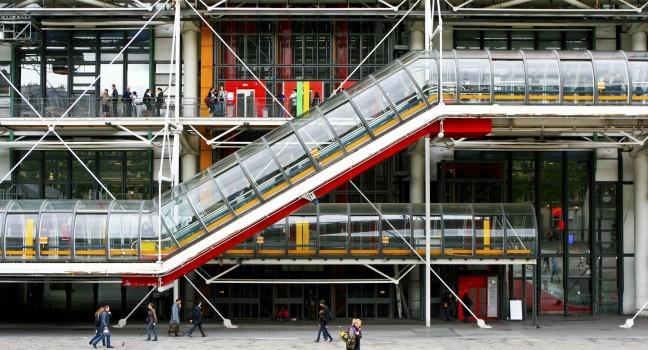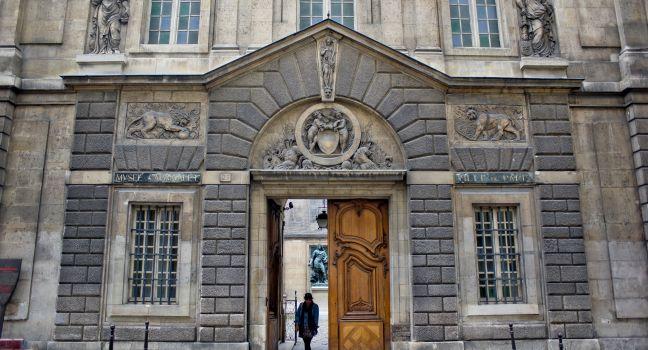3e Arrondissement
In recent years, the 3e arrondissement, known at the "haut Marais," or upper Marais, has morphed into one of the city's hottest neighborhoods. Its charming old notions and hardware shops have been replaced by cool cafés, art galleries, and trendy boutiques. To enjoy this alluring quartier like a local, first head to Rue de Bretagne, the main drag. Stop for lunch at one of the food stalls in the Marché des Enfants Rouges (No. 39, open Tuesday through Sunday); it's the oldest covered market in Paris. Next, explore narrow side streets, like Rues Charlot, Debelleyme, and Poitou, lined with art galleries and small boutiques. Stop for a famous chausson aux pommes at Poilâne bakery ( 38 rue Debelleyme), or treat yourself to a homemade gelato at Pastelli Mary Gelateria ( 60 rue du Temple) before a visit to one of Paris's most original small museums, the Musée de la Chasse et de la Nature ( 62 rue des Archives).
The park attached to the City Hall (Mairie) of the 3e arrondissement is a fine place to picnic or relax and watch the world go by, complete with a children's playground, a charming duck pond, and lovely greenery. Across the street is the 19th-century cast-iron-and-glass Carreau du Temple, which is now a locally driven arts and sports community center. This is the site of the former Templar Tower, where Louis XIV and Marie-Antoinette were imprisoned before the king's date with the guillotine. (Napoléon later razed it.) For your evening apéritif, make a beeline for the buzzy Café Charlot ( 38 rue de Bretagne). If you're in the mood for a cocktail, try the Little Red Door speakeasy ( 60 rue Charlot).







